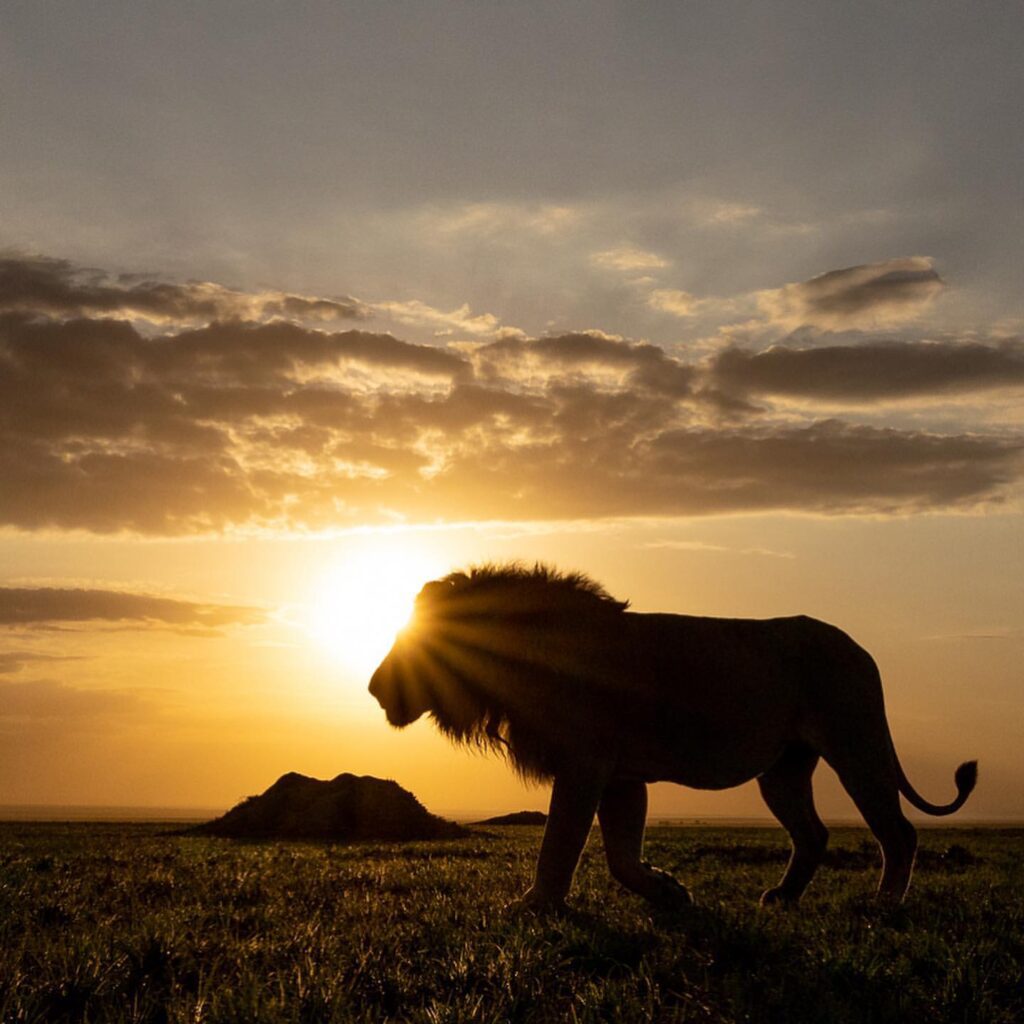National Park Serengeti Tanzania: Welcome to the majestic Serengeti National Park, where the African wilderness unfolds in all its glory. Embark on a journey of discovery as we uncover five astonishing facts about this iconic destination that will undoubtedly leave you awestruck.



National Park Serengeti Tanzania
Introduction
Defining the Serengeti National Park
The Serengeti National Park, located in Tanzania, is a sprawling expanse of savannah, forests, and riverine landscapes teeming with wildlife. Its name, derived from the Maasai word “siringet,” translates to “endless plains,” a fitting description for this vast wilderness.
Significance and Relevance
As one of the oldest ecosystems on Earth, the Serengeti plays a vital role in preserving biodiversity and supporting countless species of flora and fauna. Its annual Great Migration, hailed as one of the Seven Natural Wonders of Africa, attracts visitors from around the globe and underscores the park’s importance in conservation and ecotourism efforts.
Geographic Marvels
Location and Size
Spanning approximately 14,750 square kilometers, the Serengeti is situated in northern Tanzania, bordering Kenya’s Maasai Mara National Reserve to the north. Its strategic location within the East African Rift Valley affords it a diverse landscape and abundant wildlife.
Unique Climate
The Serengeti experiences a distinct climate characterized by wet and dry seasons. The dry season, from June to October, offers prime game viewing opportunities, while the wet season, from November to May, transforms the plains into a lush green paradise.
Best Times to Visit
For an unforgettable safari experience, consider visiting during the dry season when wildlife congregates around water sources, or witness the awe-inspiring Great Migration between late June and September, as millions of wildebeest and zebras traverse the plains in search of greener pastures.
Ecological Wonders
Diverse Wildlife
The Serengeti boasts an unparalleled diversity of wildlife, including the iconic Big Five (lion, leopard, elephant, buffalo, and rhinoceros), as well as cheetahs, giraffes, and hyenas. Its varied habitats support over 500 bird species and a multitude of mammalian species, making it a paradise for nature enthusiasts and photographers alike.
Great Migration Spectacle
Each year, over two million wildebeest, zebras, and gazelles embark on a perilous journey across the Serengeti in search of food and water, marking one of the most remarkable wildlife spectacles on the planet. Witnessing the Great Migration in person is an awe-inspiring experience that leaves visitors mesmerized by the sheer magnitude of nature’s cycles.
Cultural Heritage
Maasai People
The Maasai, semi-nomadic pastoralists indigenous to the region, have coexisted with wildlife for centuries, maintaining their traditional way of life amidst the wilderness of the Serengeti. Visitors can engage with Maasai communities, learn about their customs and traditions, and gain insight into their deep connection to the land.
Ancient Rock Art
Scattered throughout the Serengeti are ancient rock art sites that offer a glimpse into the region’s rich cultural history. These intricate paintings and engravings, dating back thousands of years, depict scenes of daily life, hunting rituals, and the diverse wildlife that has long inhabited the area.
Conservation Efforts
Anti-Poaching Initiatives
To combat the threat of poaching, the Tanzanian government, in collaboration with conservation organizations and local communities, has implemented stringent anti-poaching measures to protect the park’s precious wildlife. These efforts have been instrumental in safeguarding endangered species and preserving the Serengeti’s ecological integrity.
Community-Based Conservation
Community-based conservation initiatives empower local communities to become actively involved in protecting their natural heritage. By providing alternative livelihoods and promoting sustainable land management practices, these programs ensure that conservation efforts are not only effective but also beneficial to the people who call the Serengeti home.
Conclusion
In conclusion, the Serengeti National Park stands as a testament to the awe-inspiring beauty and ecological significance of Africa’s wilderness. From its diverse wildlife and breathtaking landscapes to its rich cultural heritage and conservation efforts, the Serengeti continues to captivate and inspire visitors from around the world.
Video
